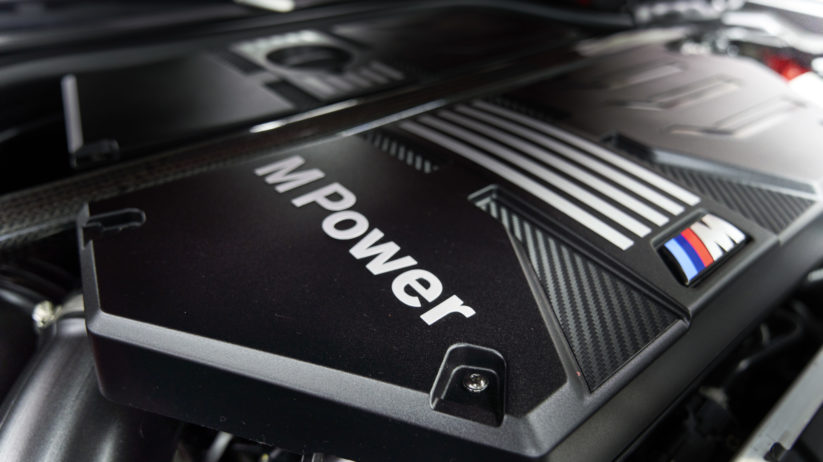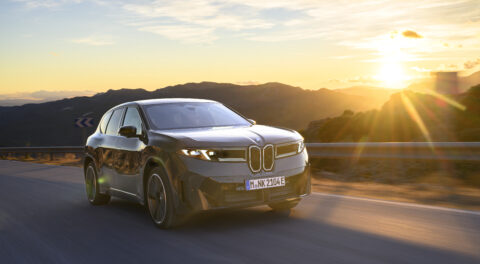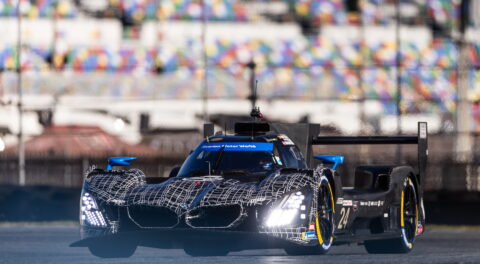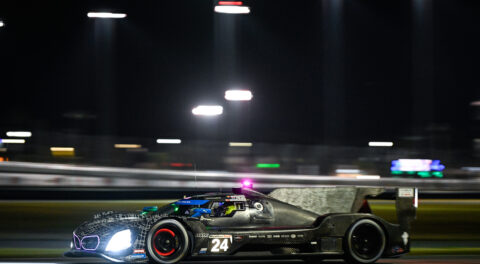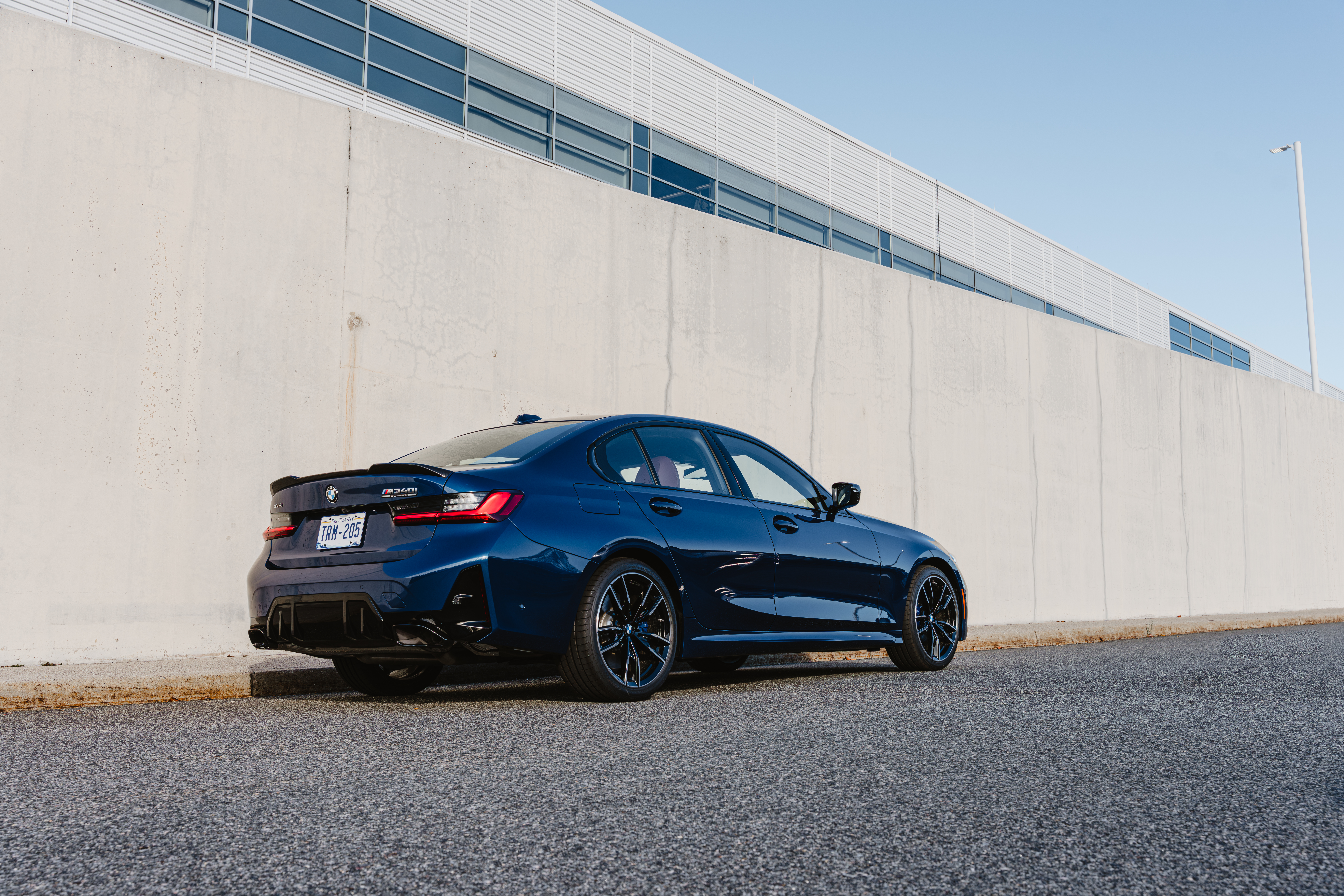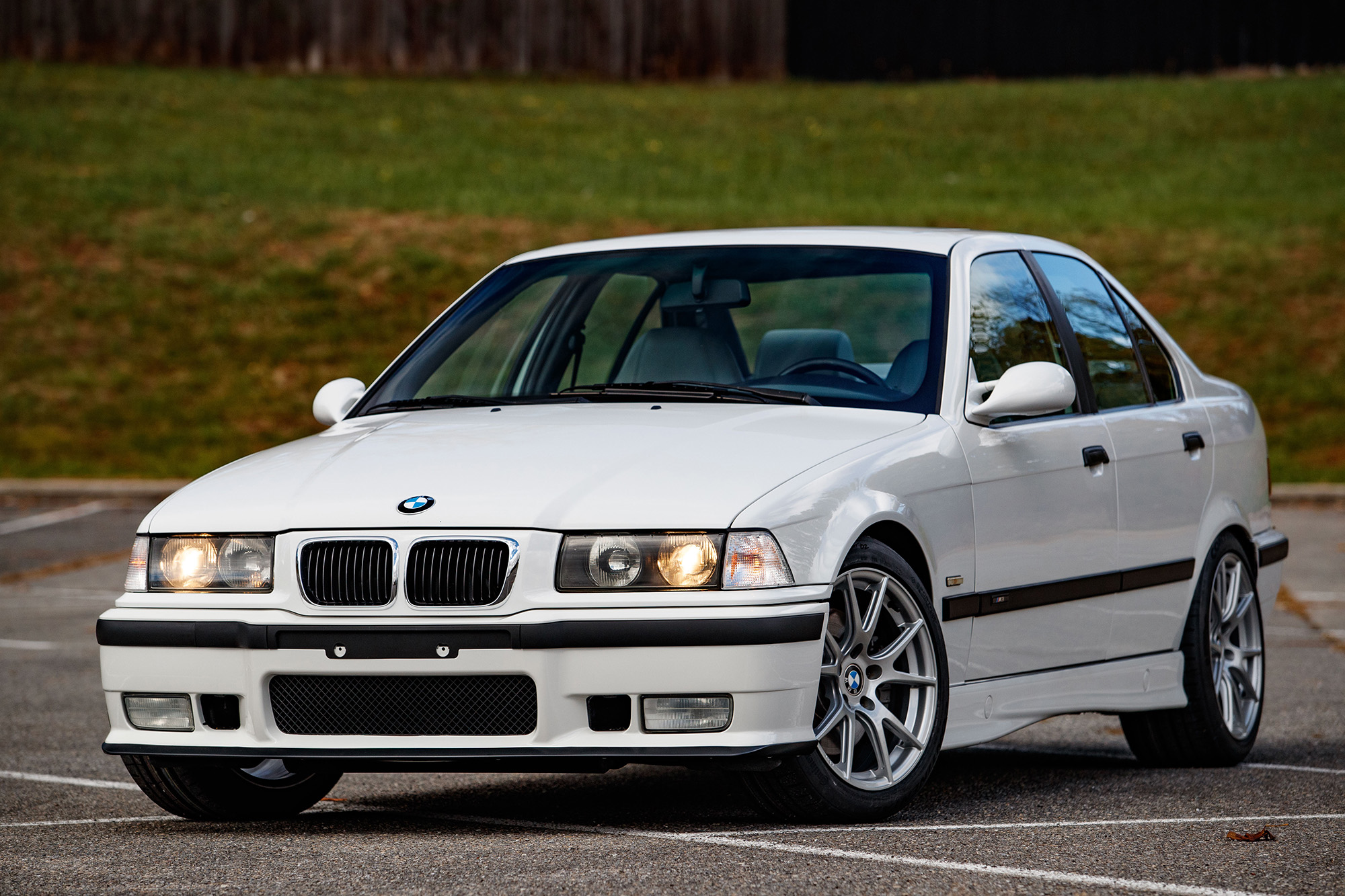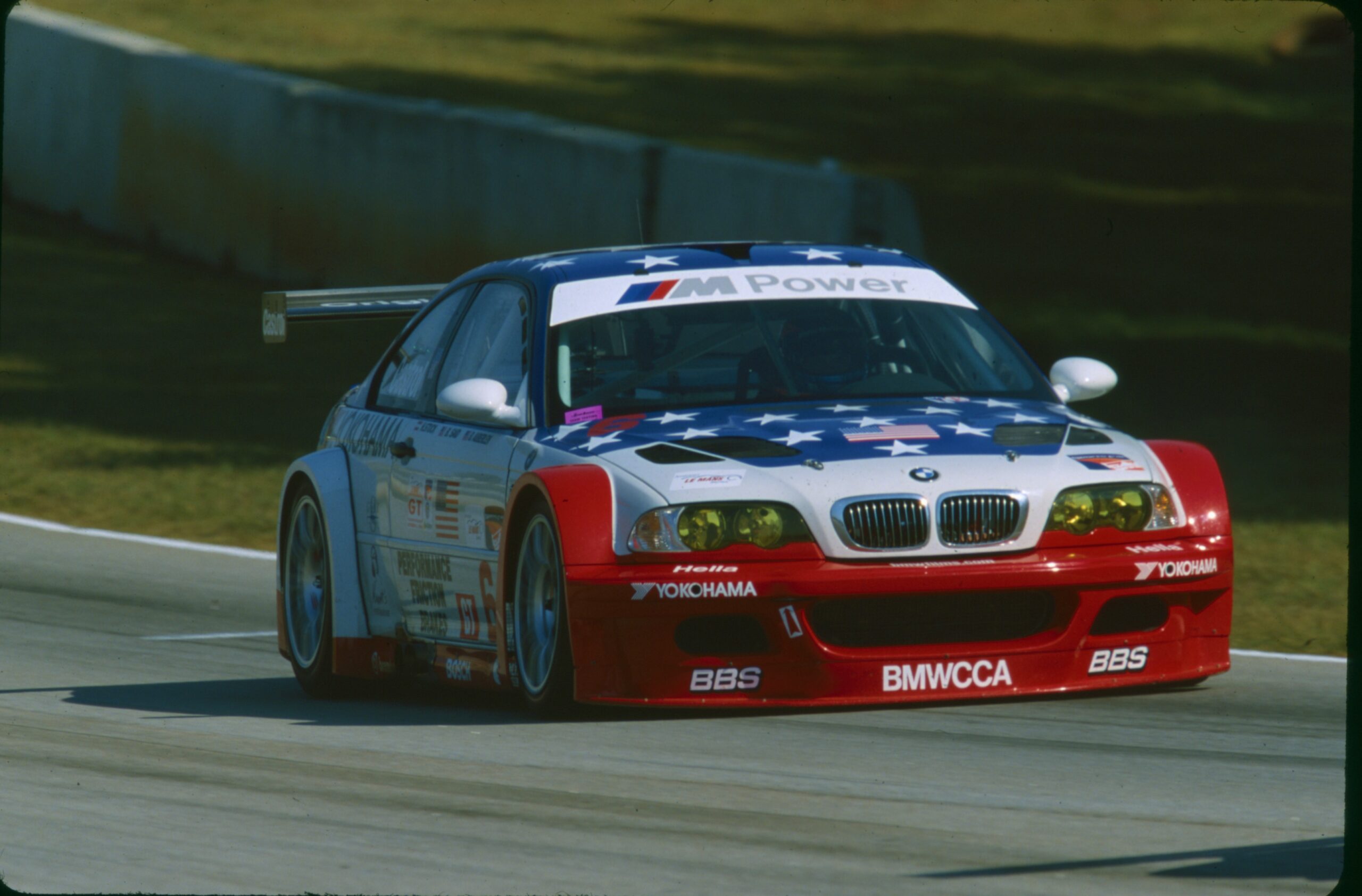The X3 and X4 M are here, and as we’ve been speculating for quite some time now, they’ve come with the latest M S58 inline six-cylinder engine, replacing the current S55 of the M3, M4 and M2 Competition. Just as the S63 M V8 was first brought to market under the hoods of the first-generation X5 and X6 M nearly a decade ago, the S58 three-liter six is making its debut as the motivational force behind BMW’s newest performance SAV and SAC.
The S58, as you might have inferred, is based upon the B58, which was introduced for the 2016 model year. The B58 ushered in the use of modular engine construction, with core structural components that are shared among six-cylinder, B48 four-cylinder, and B38 three-cylinder designs. This new family of engines employs a closed-deck block layout, increasing rigidity far beyond any predecessors in the lineage, and now the S58 has arrived to take full advantage of it.
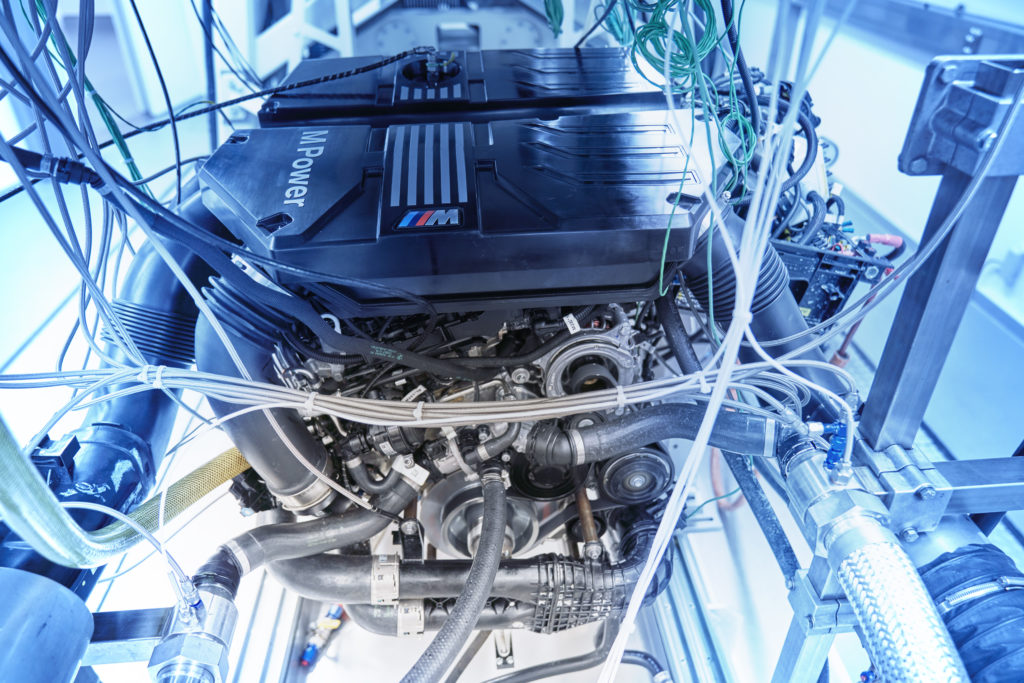
The basics of the S58 remain largely unchanged from the M inline sixes that BMW has been building for over 25 years now. It comes in a three-liter displacement—more on this in a bit—and uses a dual-overhead-camshaft cylinder-head design, with double VANOS and Valvetronic variable valve lift. Direct fuel injection is also present, making for a combination the world has become accustomed to since the launch of the N55 roughly ten years ago.
It also uses the closed-deck design of the B58—but that’s largely where the similarities between the S58 and its non-M counterparts end. While the B58 has a bore and stroke that measure 82 mm and 94.6 mm respectively, the S58 actually displaces slightly less, with a bore and stroke that are specified at 84 and 90 mm. This means that the B58 has total displacement of 2,998 cc, with almost perfect 500-cc combustion chambers, while the S58 displaces 2,993. The shorter stroke of the S58 will allow it to rev higher, and although BMW lists the redline of the new X3 and and X4 M at 7,200, detailed specifications list peak horsepower that carries on to 7,300; we expect the specific versions fitted to the next-gen M3 and M4 to be a bit less torque-oriented, and higher-revving instead. It should be noted that both the N55 and S55 shared the same 84-mm bore and 89.6-mm stroke, which translate to a 2,979-cc displacement. Both the N55 and B58 can rev to 7,000 rpm, while the S55 is good up to 7,500.
When comparing displacements and redlines, at least, the S58 seems to have taken some cues from the outgoing N55 and S55 designs, erring closer to the classic 89.6-mm stroke that has been in use since the S52B32 arrived in 1996, with the same 84-mm bore as the N55 and S55, a number which dates back BMW’s first non-M twin-cam six-cylinder, the M50.
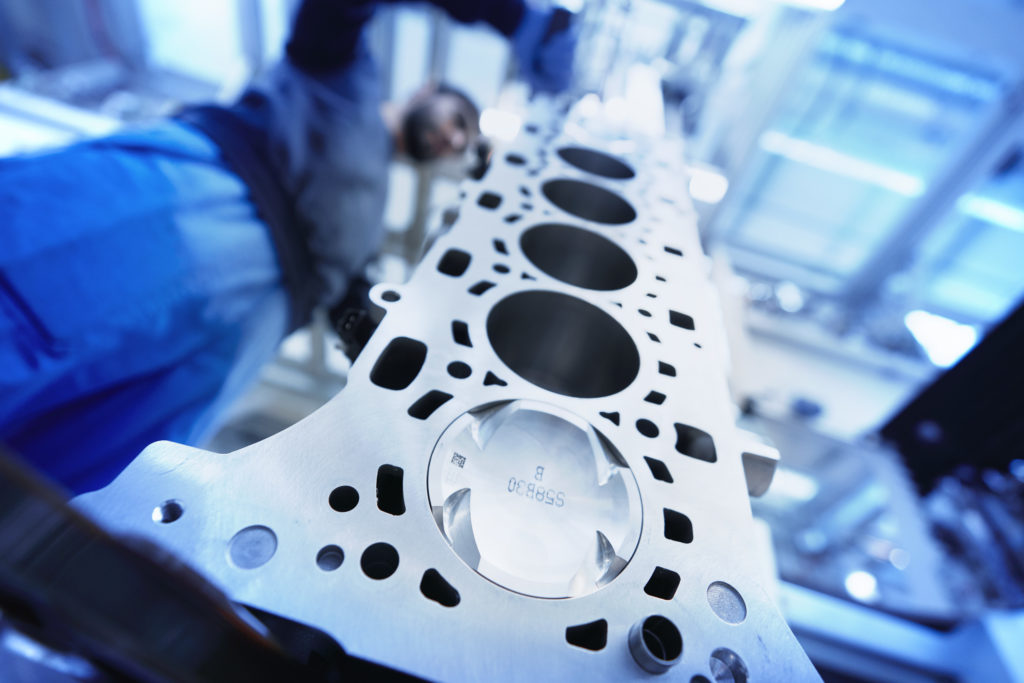
While the B58 uses a single twin-scroll turbocharger to pressurize the intake manifold and drive charge air, the S58 employs twin individual mono-scroll units, just as the S55 did. Similar to the twin-scroll units of the N55 and B58, which feed their separate chambers from two banks of three cylinders, the S58’s turbos work together as well, with one supplying charge air to Cylinders One through Three and the other routed to Four through Six. The compressor wheels used in the turbochargers are said to have been upgraded over the S55’s, while the entire charge-air system has been optimized for flow to mitigate pressure losses. An electronically controlled wastegate is also present, along with what BMW refers to as a water-to-air intercooler.
Like the most recent versions of the N63 and S63 V8 engines, the S58’s direct-injection system now boasts fuel pressure that has been increased from 2,900 psi to over 5,000. This mirrors a change made to the corporate V8 last year, which allowed it to reach its highest rated output yet. Benefits include further improved fuel atomization within the combustion chambers, which is best experienced under heavy engine loads with full acceleration from high speeds.
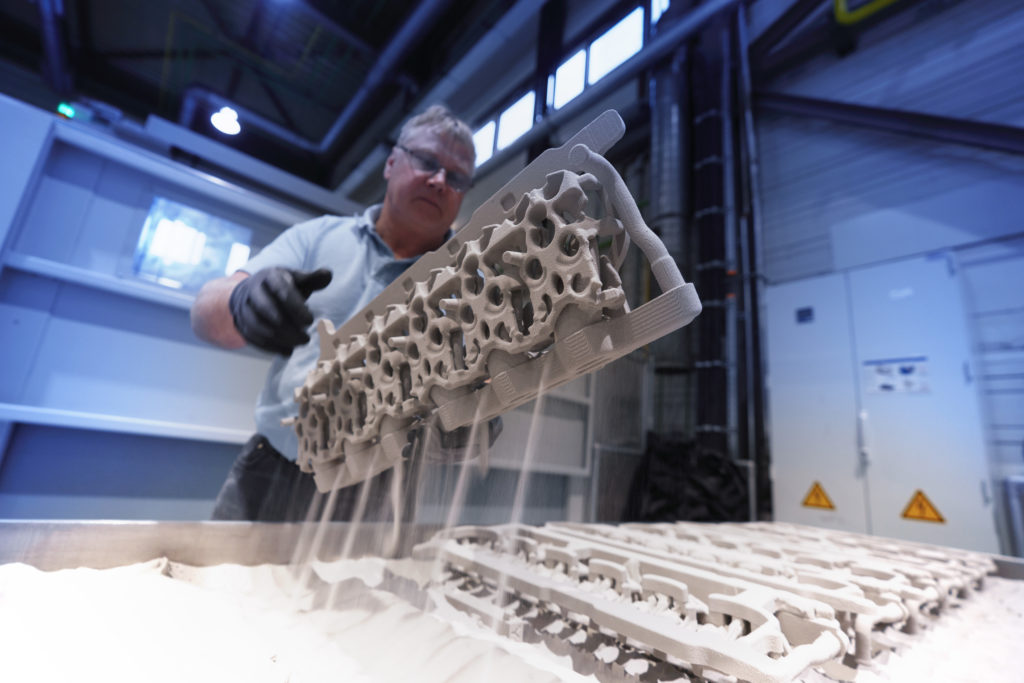
The core of the cylinder head is one of the most interesting components of the S58. Manufactured using an additive process that can best be thought of as incredibly advanced 3D printing, the cylinder-head core takes a shape that would be impossible to create using any other currently available mass-production method. If the skeletal structure seems at all familiar, that’s because the same process is used to manufacture the ultra-lightweight brake calipers of the M850i Night Sky.
One of the main advantages of the core—and the new manufacturing process—is the ability to accommodate the routing of coolant ducts where they previously could not reach, in an effort to better regulate internal temperatures. The same applies to the skeletal brake calipers of the M850i Night Sky: Their structure is actually used to route brake fluid to the pistons.
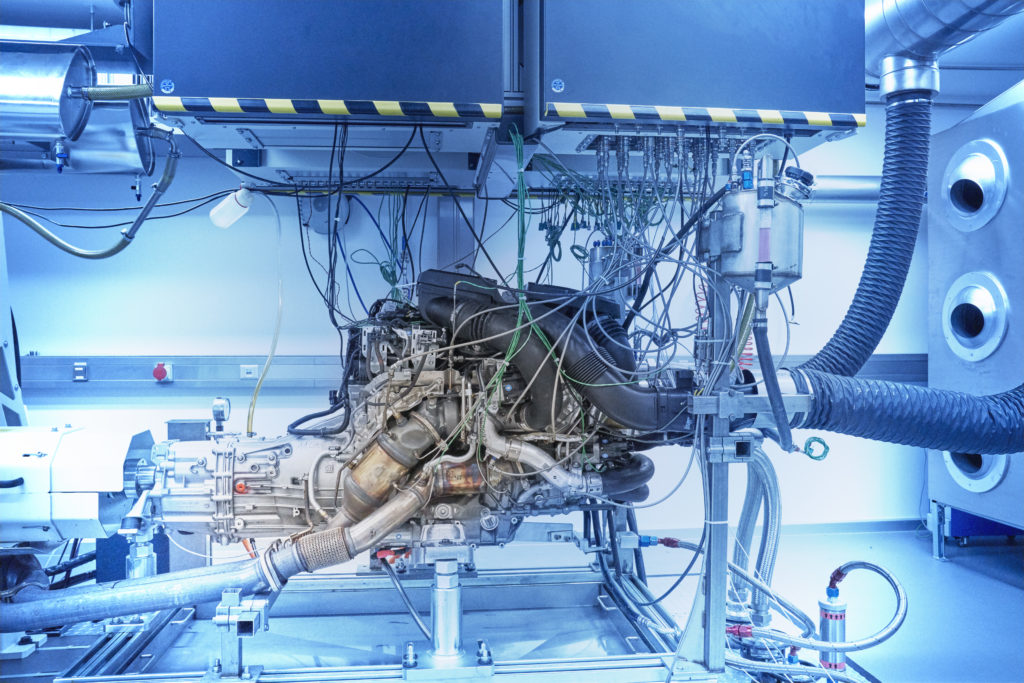
Right now there’s just one official version of the new M engine, and its internal designation is S58B30T0. Curiously enough, even with the top power level moniker in the code name, there are two output levels available. In the conventional X3 and X4 M, the S58 will produce 473 horsepower from 5,600 to 7,300 rpm, with 442 pound-feet of torque available from 2,600 to 5,500. Competition models are 0.1 seconds faster from zero to 60 (4.1 versus 4.0), thanks to 503 horsepower at the same rpm, and identical torque that carries on up to 5,950 rpm instead of 5,500. The sweet spot for horsepower remains much the same as the S55, while the increased torque of the S58 arrives several hundred rpm later.
500 horsepower is a serious figure for an SAV or SAC, and it will be interesting to see how BMW will adapt the engine to the upcoming M car range that will include an M3, and M4, and eventually an M2 on a next-generation platform. It doesn’t seem that there is much meat left on the bone for added performance capability, but the S58’s numbers are already a healthy step above those of the S55 it replaces. Recall that last month, a few different versions of the next-gen M3 were floated as being possible, including a 454 horsepower RWD, manual Pure version, and a standard 474-horsepower version. With the X3 and X4 M and Competition sub-models now unveiled, the next-gen M3 Competition should carry the same 500-horsepower rating.—Alex Tock
[Photos courtesy BMW AG.]

